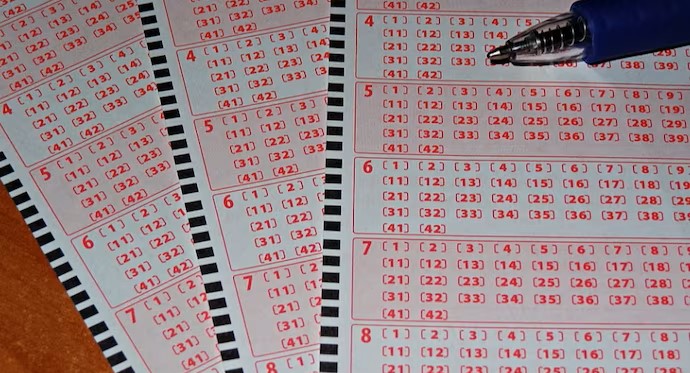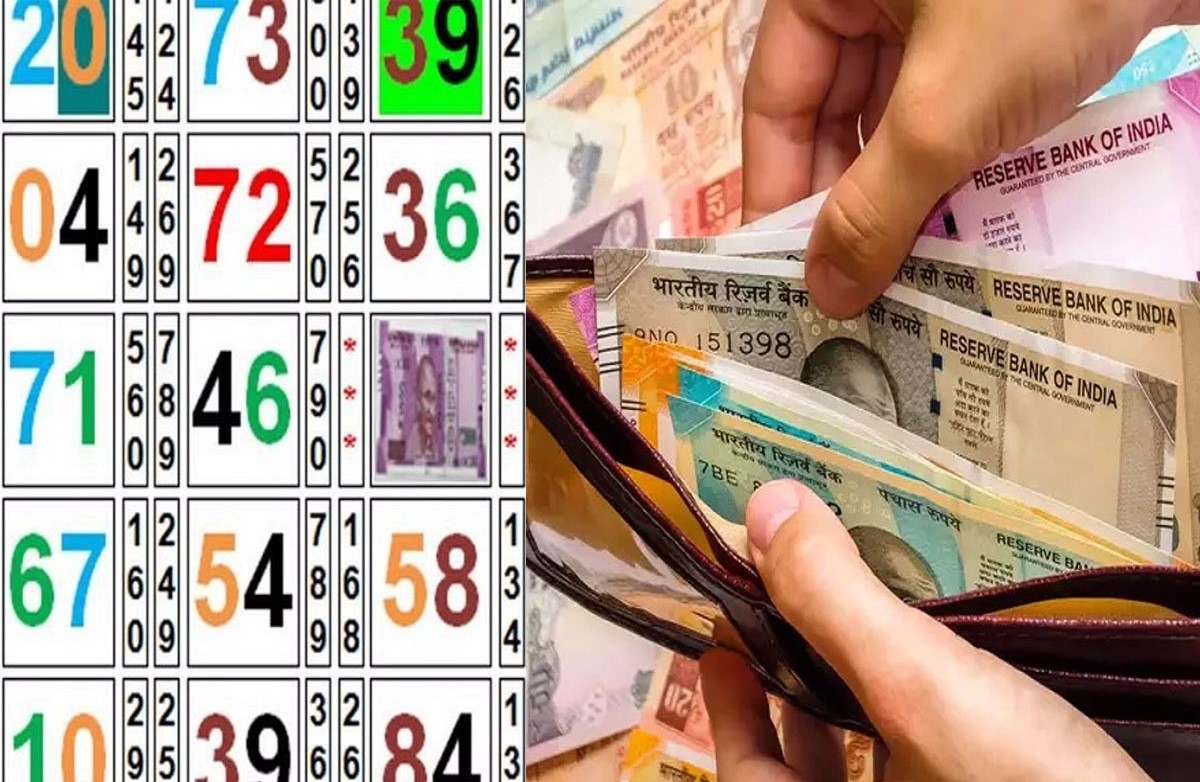Satta Matka, also known simply as Matka gambling or satta, is a form of betting and lottery that traces its origins to betting on the opening and closing rates of cotton. Initially, this involved placing bets on the rates transmitted from the New York Cotton Exchange to the Bombay Cotton Exchange.
How to Play Satta Matka Gambling:
A player chooses three numbers between 0 and 9 to play Matka gambling. After adding these three selected numbers, the second digit of the resultant number is noted next to the initial set of three selected numbers.

Previously known as “Ankada Jugar,” Satta Matka became an official lottery game in the 1950s, not long after India attained independence. Even if the game has changed significantly over time, the core of its beginnings has endured and is preserved in the term “matka.” These days, Satta Matka, sometimes referred to as Matka gaming or Satta King, centers on the drawing of random numbers and betting, enticing players with a winning combination of excitement and chance.
When Satta Matka was first introduced, the game was played with a big clay pitcher called a “matka,” which was loaded with chits that had numbers ranging from 0 to 9. Each player would select a chit from the matka to find the winning numbers.
When someone becomes extremely rich and effective at Matka gambling, they become known as the Matka King.
Satta Matka became a well-known gambling phenomenon at the same time that Mumbai’s textile factories were booming. Bookies started to open up shop in the area as mill workers got into the game, turning central Mumbai into the hub of the matka industry. The popularity and appeal of the game kept rising, drawing players from various backgrounds.
The starting point of Satta Matka dates back to the 1950s, when wagers were made on cotton’s opening and closing rates. The basis for the emerging gambling industry was established when these rates were teleprinted from the New York Cotton Exchange to the Bombay Cotton Exchange. But when the New York Cotton Exchange stopped doing this in 1961, it was a problem for bettors and gamblers, and they looked for other ways to keep the Satta Matka business going.
The matka industry peaked in the 1980s and 90s, with players showing never-before-seen levels of engagement and excitement. Satta Matka persisted in the face of periodic regulatory obstacles and crackdowns, cementing its position as a phenomenon firmly embedded in the fabric of society.
The matka industry peaked in the 1980s and 90s, with players showing never-before-seen levels of engagement and excitement. Satta Matka persisted in the face of sporadic regulatory obstacles and crackdowns, cementing its position as a cultural phenomenon profoundly embedded in Indian society. Its legacy lives on today, enthralling a fresh generation of fans and preserving the excitement of possibility and luck.
Satta Matka is a popular gambling game that originated in India in the 1950s. It started as a form of betting on the opening and closing rates of cotton transmitted between the New York Cotton Exchange and the Bombay Cotton Exchange. Over time, it evolved into a lottery-style game where players select three numbers between 0 and 9 and bet on the outcome. The game’s name, “Matka,” comes from the Hindi word for an earthen pot, as initially, numbers were drawn from a pot to determine the winning combination.
The allure of Satta Matka lies in its simplicity and the thrill of chance. Players eagerly await the results to see if their chosen numbers match the winning combination. While the game has faced regulatory scrutiny and periodic crackdowns, it remains immensely popular across India, particularly in regions like Mumbai, where it has a strong cultural presence. Despite its controversies, Satta Matka continues to captivate enthusiasts with its blend of excitement and unpredictability.
Note: Gambling has been illegal in India since the British government introduced the Public Gambling Act in 1867.

I like this weblog it’s a master piece! Glad I observed this on google.!
Way cool! Some very valid points! I appreciate you penning this post plus the rest of the site is really good.
I’m amazed, I must say. Seldom do I come across a blog that’s both educative and interesting, and let me tell you, you have hit the nail on the head. The problem is something that not enough folks are speaking intelligently about. I am very happy that I stumbled across this during my search for something relating to this.
Having read this I believed it was really enlightening. I appreciate you finding the time and effort to put this informative article together. I once again find myself spending a significant amount of time both reading and commenting. But so what, it was still worthwhile!
This web site definitely has all the information I wanted about this subject and didn’t know who to ask.
Great information. Lucky me I ran across your website by accident (stumbleupon). I’ve book-marked it for later.
Pretty! This was a really wonderful article. Many thanks for supplying this information.
Very good post! We will be linking to this particularly great post on our website. Keep up the great writing.
Hi! I could have sworn I’ve been to this site before but after going through a few of the posts I realized it’s new to me. Anyhow, I’m definitely pleased I found it and I’ll be book-marking it and checking back regularly.
Way cool! Some very valid points! I appreciate you writing this write-up and also the rest of the website is also really good.
I quite like reading an article that will make men and women think. Also, thank you for allowing me to comment.
Spot on with this write-up, I honestly think this amazing site needs much more attention. I’ll probably be returning to read more, thanks for the information!